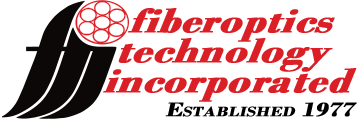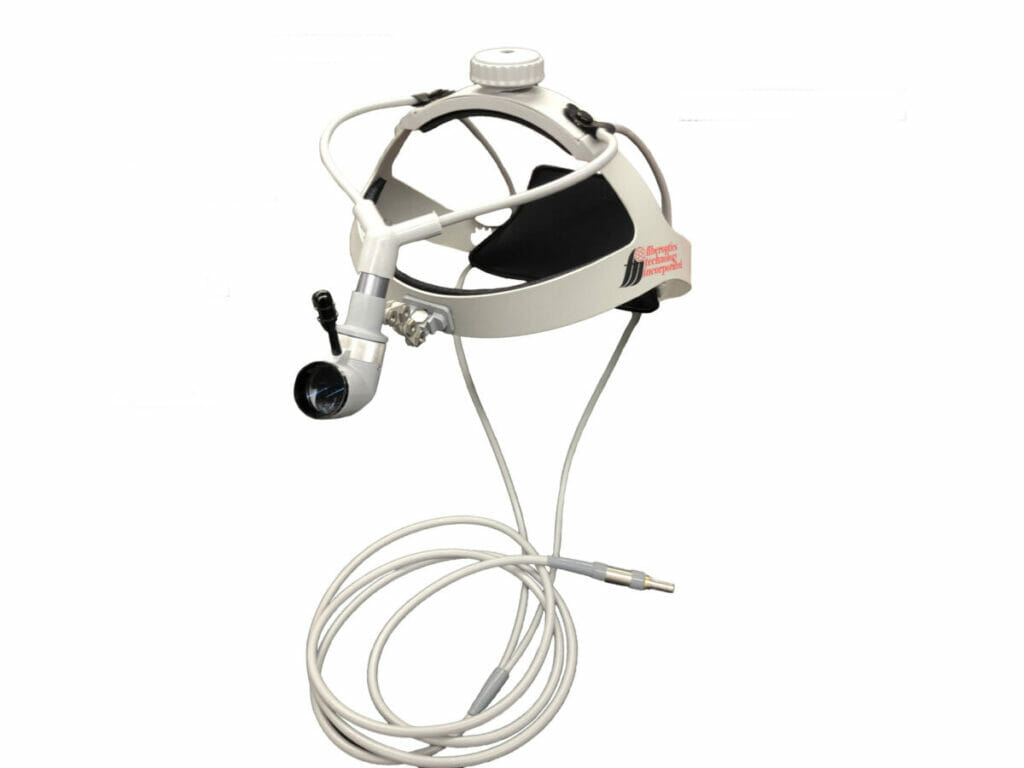
Surgical headlights and headlamp illumination systems provide bright, adjustable lighting support to wearers in the surgical, gemstone, and dental fields as well as a host of other professions. The devices are available in a multitude of configurations, with a selection of illumination sources chosen to match specific requirements of the application.
In the broadest sense, headlight designs fall into two categories: Corded and Uncorded.
Corded headlight versions usually work with high power, high CRI value illumination sources, connected together via a fiber optic light guide. Xenon, Halogen, and Metal Halide light engines are typical illumination sources.
State-of-the art 3-chip LED light engine versions with high CRI control have also been introduced to the head light illumination marketplace. The 3 chip design mixes red, green, and blue light to mimic a high CRI value. Today’s LED chips have no problem duplicating the high power of traditional arc lamp types; providing the power demanded by medical applications, through a traditional corded design head light.
Corded headlight versions are preferred when the highest output power and CRI are required. Since the light source is separated from the headlight by a fiberoptic light guide, corded head lights should not get hot, but the attachment can be somewhat constrictive, and the length and weight of a fiber optic cable may require a bit more effort to set up before each use (the cable is typically secured to the users gown or clothing, and routed to the back to minimize interference .
Cordless units depend on a lamp (usually an LED chip) embedded in the lens system. The power is supplied by a tethered battery pack worn at the belt of the user. Typically, these units are not as bright, and the CRI index not as high (as corded types). However, cordless units are usually lighter and more convenient (not anchored to an illuminator), but the heat generated by the LED could be noticed by the wearer.
While both versions emit light and usually include a method to aim the light beam, no model (or type) actually “focuses” the beam.; focusing the beam would be impractical, unless the unit included an autofocus feature, or the wearer was immobilized. While focusing is a common misconception; the better models include an multi leaf iris to control beam spread, enabling the user to manage the size of the illumination field. Much of the literature today confuses iris control and focus.
FTI’s NEW Purewave tm corded surgical headlight system is rigid to optimize beam positioning, designed for ease of use, long life, maximum adjustability, and comfort.
The Purewave tm fiber optic headlight works equally well in an industrial or medical environment. Made from dependable, rugged, but comfortable materials, the Purewave tm headlamp system offers the following features:
SURGICAL HEADLIGHT FEATURES
- Fully adjustable, lightweight head band with crown and cervical support. Adjustment knobs at the crown and back provide a repeatable, comfortable and secure fit.
- Variable 10-75mm adjustable spot at 16” (406mm).
- Removable joystick for accurate and easy positioning.
- Ergonomically designed 100% optical glass lensing system is unobtrusive and accurate putting light wherever the user needs it. The improved multi-knuckle, cantilevered design offers industry-best adjustability without sagging.
- Unique, threaded port can be exchanged to accept Luxtec/Integra, Isolux/Sunoptics, ACMI/Cuda, and BFW light guides.
FIBER OPTIC LIGHT GUIDE FEATURES
- Optional 9ft (2.74M) long, 3mm bifurcated, light-weight, non-autoclavable* glass fiber optic light guide (Wolfe style headlight input, Luxtec/Integra illumination input).
This light guide design uses a lens, not recommended for sterilization in an autoclave. All major head light illuminators, as well as as all FTI multiport Medical illuminators accept this light guide. - 2 year warranty.
- Complies with requirements for FDA Class II device (510k exempt).
- Manufactured in the USA under ISO13485 control.
- EUMDR (CE marked), REACH and RoHS compliant.
*FDA does not recommend any product for use. They classify products in one of three category types. All medical products must be designed to comply with FDA guidance associated with the appropriate product class. When you see “FDA approved” on a product, it simply means the product complies with FDA requirements.
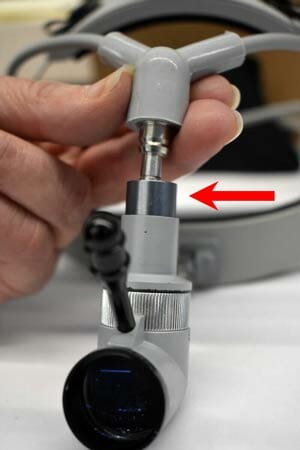 |
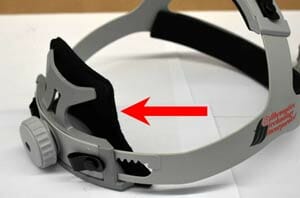 |
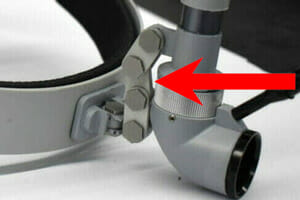 |
| The unique Purelight lens housing can accept other major manufacturer’s fiberoptic cables. |
The improved 4 point stay-put articulating arm provides the best combination of adjustability and accuracy for the most critical aiming needs. | The cervical support features a pressure dampening four point floating pad to distribute wearing weight and pressure, optimizing comfort. |
Applications:
- Used in the medical field as a surgical head light (head lamp).
- Used in the dental field as a dental head light.
- Used in the industrial field for inspection and as a visual aid in low-light applications and environments.
